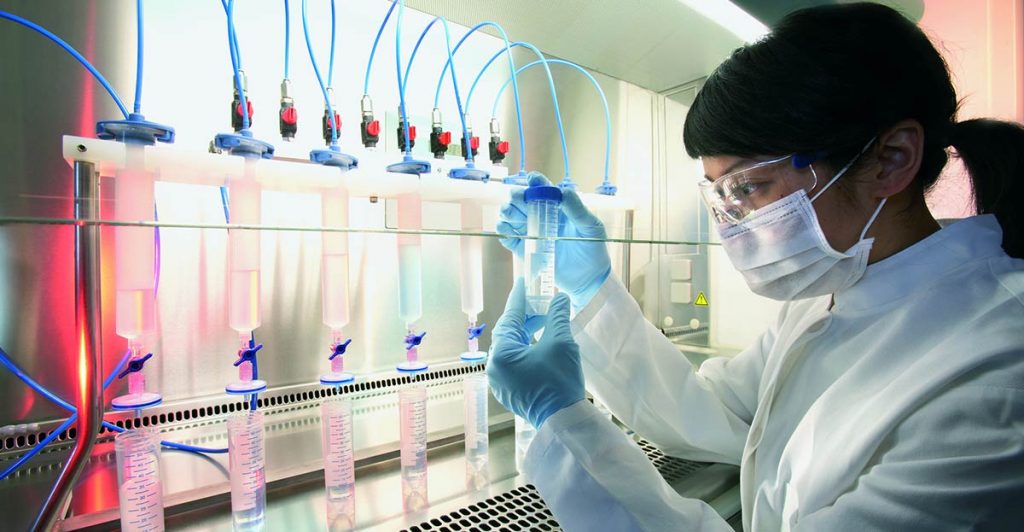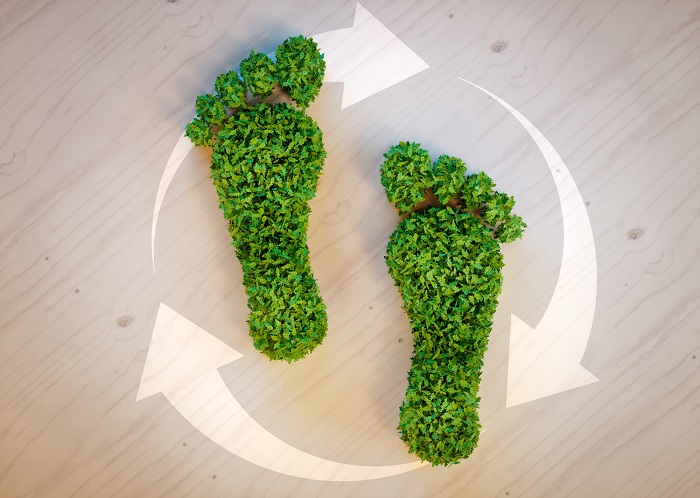
At various points in time, various parts of the world have had to battle an epidemic, and most recently, the world was hit by a pandemic. To properly resolve the situation, some diagnostic and clinical tests have to be carried out.
The essence of diagnostic testing is to discover the source of the problems and come up with the best clinical approach to treatment, as well as curbing the spread of the disease (if it can be transmitted).
A typical example is with the Covid-19 situation that medical scientists have been able to promptly come up with vaccines that can help reduce its spread.
However, a very important factor to consider in diagnostic testing is the materials used to conduct the test. These materials need to have specific qualities that make them suitable for clinical evaluation.
It is in light of this that international bodies like the World Health Organization have come up with guides to help in this regard. For more on this subject, you can visit: https://www.who.int/bulletin/volumes/95/9/16-187468/en/
In this article, we will discuss features expected of diagnostic test materials that allow ultraviolet light to pass through them.
UV Transparency in Diagnostic Testing
Although ultraviolet light may be dangerous in certain ways, it is very essential in many diagnostic tests in the clinical sciences.
Among many things, it enables scientists to properly analyze test samples. This is because of the place of adequate illumination of biopsy images as well as that of other tissue samples. As a result, scientists can get the results effectively and quickly.
Choosing a Diagnostic Material with UV Transparency Quality

It is good that diagnostic test material can allow Ultra Violet light access. However, there is more to ensure that the material is ideal for usage. Some of the other factors to look out for are listed and explained below:
Purity and Clarity
Many medical-grade materials can be used for these clinical analyses. Examples include plastics, glass, and steel.
Such materials that have UV transparency features must also be clear and pure. This will ensure that impurities are easily identified and done away with. The major essence is so that the test report is not influenced by these impurities.
Durability and Consistency in Performance
Over time, some of these materials begin to decline in performance. The reason is because of the chemical strain that many of these items have to go through. For this reason, you should opt for one that offers durability and consistency in performance.
First, this is cost-effective. Aside from this, you will get results without fear of the bad state of the material adversely affecting the analysis.
Ability to Deal with Heat
Diagnostic materials are exposed to various degrees of heat at one point or the other. A common instance is steam sterilization which is aimed at killing certain microorganisms.
As a result, the ideal clinical analysis item must be great at dealing with heat. This will ensure that the material is durable and can consistently maintain the right performance level required.
Ability to Deal with Chemicals and Natural Elements
This is one of the true tests of certain medical-grade equipment. The reason is that they are exposed to a wide range of chemicals that affect ordinary items. Examples of such chemicals are acids, bases, alkaline, and several others.
It is therefore important that the diagnostic material can handle the strain that comes with these chemicals without negatively affecting the outcome of the clinical analysis.
Furthermore, these testing items are expected to be stored at a certain temperature. However, they should be able to deal with the natural elements to a certain extent if this rule is not completely adhered to.
An example is moisture. The ideal diagnostic test tool with UV transparency features should be able to handle moisture well. This ensures the right outcome for the clinical analysis. For more on this subject, you can check here.
Wrap Up
It is important that a diagnostic test material has the UV transparency feature. However, there is more to consider in choosing the ideal clinical testing material.
It is against this backdrop that this article has discussed factors to consider when choosing these items and we hope that you adhere to them.




